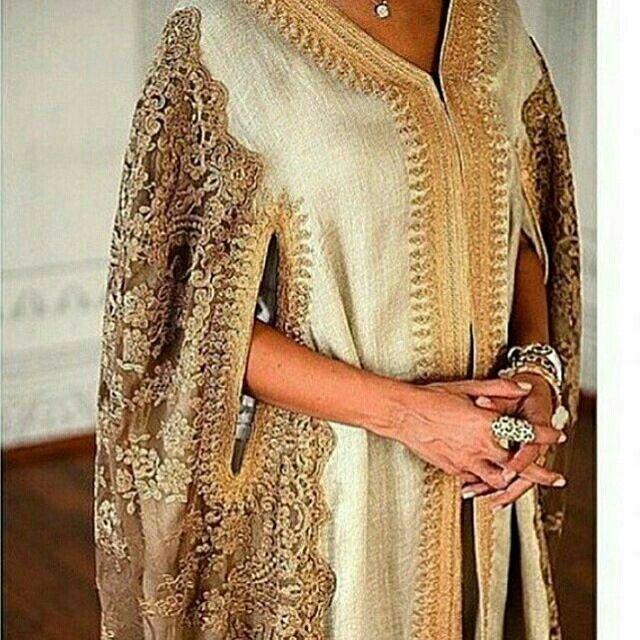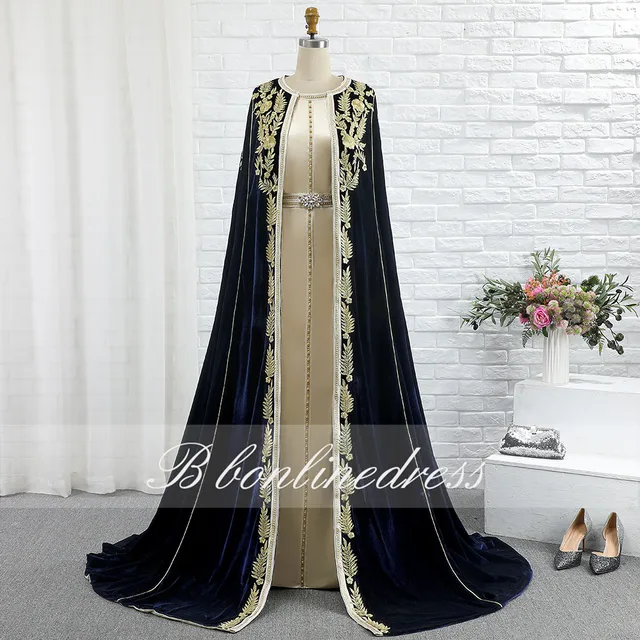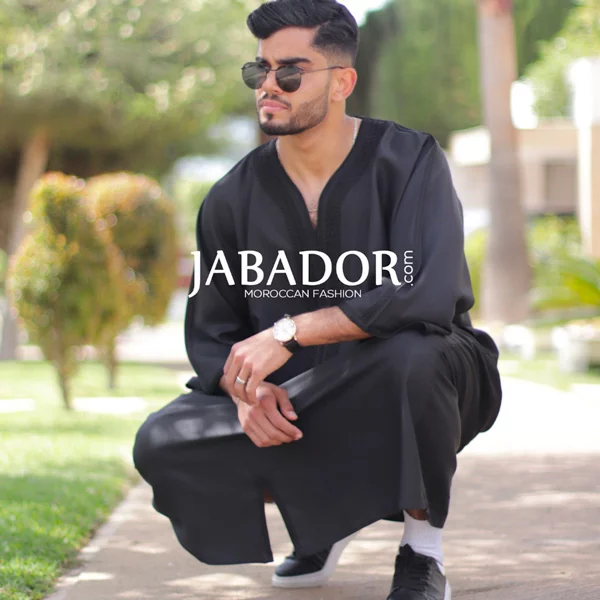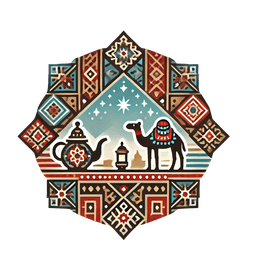- Published on
Unlocking the Timeless Charm of Moroccan Selham, The Traditional Moroccan Selham
- Authors

- Name
- Adil ABBADI
The Enigmatic Moroccan Selham: A Symbol of Moroccan Heritage
In Morocco, a country where rich traditions and ancient customs thrive, the Moroccan Selham holds a special place as a cultural icon and an integral part of the country's national identity. This traditional headwear, also known as a 'selham,' has been a staple of Moroccan men's attire for centuries, transcending the boundaries of time and fashion trends. In this blog, we'll embark on a fascinating journey to unlock the secrets and charm of Moroccan Selham, exploring its history, cultural significance, and its role in modern Moroccan fashion.
Origins of the Moroccan Selham
The origins of the Moroccan Selham date back to ancient times, when it was worn by men as a practical means of protecting themselves from the harsh desert climate. This traditional headwear was initially made from simple fabrics such as cotton or wool, designed to shield the face and neck from the scorching sun and sandstorms. Over time, the Moroccan Selham evolved to become an integral part of Moroccan culture, symbolizing dignity, respect, and tradition.

Craftsmanship and Detailing
One of the most striking aspects of Moroccan Selham is its impeccable craftsmanship and attention to detail. Skilled artisans from across Morocco spend countless hours meticulously crafting each selham, using techniques passed down through generations. The intricate patterns, vibrant colors, and delicate embroidery that adorn the Moroccan Selham are testaments to the dedication and passion of these artisans.
Types of Moroccan Selham
The Moroccan Selham comes in various styles and designs, each with its unique characteristics and significance. Some of the most popular types of selham include:
- Fez Selham: Hailing from the city of Fez, this type of selham is renowned for its distinctive red color and intricate white embroidery.
- Marrakech Selham: Popular in Marrakech, this style of selham is characterized by its bold colors and striking patterns.
- Fassi Selham: Originating from the old medina of Fez, this type of selham is prized for its exquisite embroidery and classic design.

Cultural Significance of the Moroccan Selham
In Moroccan culture, the Moroccan Selham holds a deep symbolic meaning, representing respect, dignity, and tradition. Men often wear the selham as a sign of respect during important events, such as weddings and holidays. Additionally, the selham is also worn as a symbol of national pride, showcasing Morocco's rich heritage and cultural identity.
The Moroccan Selham in Modern Fashion
In recent years, the Moroccan Selham has experienced a resurgence in popularity, with many Moroccan designers incorporating this traditional headwear into their modern fashion collections. The selham's versatility and timeless charm have made it a staple in many Moroccan men's wardrobes, from traditional attire to modern streetwear. Designers have also experimented with new materials, colors, and patterns, infusing fresh energy into this ancient tradition.

Conclusion
The Moroccan Selham is more than just a traditional headwear; it's a symbol of Moroccan heritage and cultural identity. Its rich history, exquisite craftsmanship, and timeless charm have made it an integral part of the country's fashion landscape. Whether worn as a symbol of respect, national pride, or fashion statement, the Moroccan Selham continues to captivate and inspire, offering a glimpse into Morocco's fascinating cultural tapestry.
Embracing the Tradition
As we continue to navigate the complexities of modern life, the Moroccan Selham serves as a poignant reminder of the importance of preserving our cultural heritage. By embracing this ancient tradition, we not only honor our ancestors but also pass on a piece of our history to future generations. Whether you're a traditionalist or a fashion enthusiast, the Moroccan Selham is sure to captivate and inspire, inviting you to experience the timeless charm of Morocco's treasured traditional headwear.
